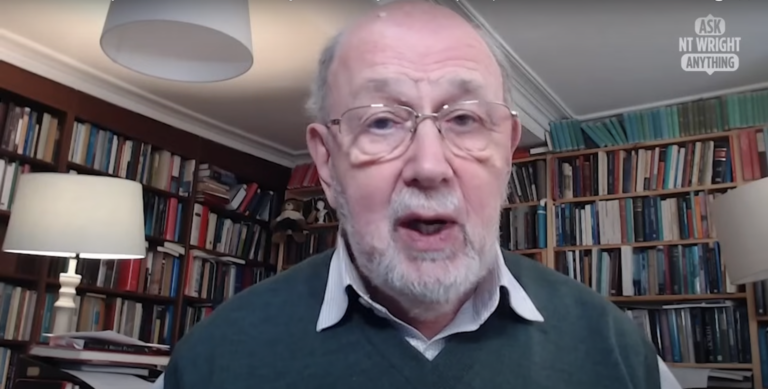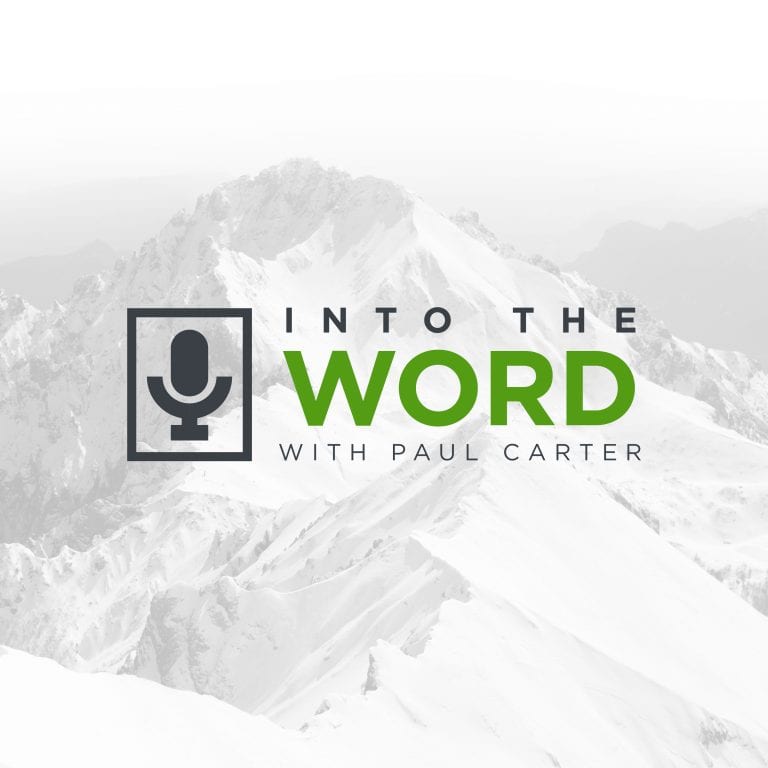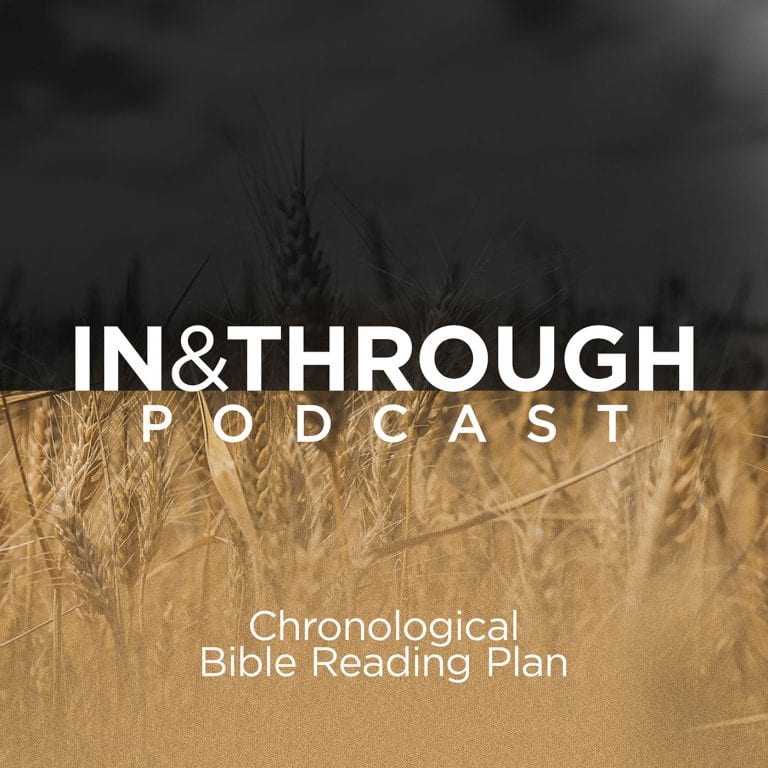As a Calvinistic Baptist I owe a significant debt to early Anglicanism. My seventeenth-century forebears learned much of their Reformed theology from Reformed ministers in the Church of England and it was in the heart of that body that they were nurtured on the spirituality of the Reformation. And in the earliest days of that state Church no figure exercised as great an influence as Thomas Cranmer (1489–1556), the first Reformed Archbishop of Canterbury.[1]
Kenneth Brownell, an American who is pastoring in London, England, has argued that Thomas Cranmer’s influence on the English-speaking Protestant world has been greater than any other figure except his contemporary John Knox (c.1513–1572), and the eighteenth-century preachers George Whitefield (1714–1770), John Wesley (1703–1791) and Jonathan Edwards (1703–1758). “Few men,” Brownell writes, “did more to shape English Protestant spirituality and to drive into the soul of a nation the fundamentals of Protestant Christianity.”[2]
The Reformed Archbishop
Cranmer was born on July 2, 1489. His early schooling was not entirely satisfactory, but that did not prevent him from entering Jesus College, Cambridge, in 1503 at the age of 14. Here Cranmer was in his element. He was, as Brownell reminds us, “fundamentally an academic.”[3] Or as Geoffrey W. Bromiley has put it: “To look at Cranmer is to see first the face of a scholar.”[4] He became one of the most learned men of his age. His reading knowledge of foreign languages, both ancient and modern, included Latin, Greek, and Hebrew, as well as French, Italian and German. In 1510 or 1511 Cranmer was elected a Fellow of Jesus College after having taken his B.A. degree there. And it was around 1520 that he became a priest.
Evangelical Christianity came to Cambridge around the very time that he became a priest. During the early 1520s the Protestant cause was centred around meetings at the White Horse Inn in Cambridge led by such figures as Robert Barnes (c.1495–1540) and Thomas Bilney (c.1495–1531), both of whom died as martyrs. But there is no evidence at all to place Cranmer among this group of early Reformers. In 1532 Cranmer was appointed Archbishop of Canterbury.
Cranmer served Henry VIII faithfully as his Archbishop. He was a strong supporter of royal supremacy throughout his career. “He believed,” in the words of historian Jasper Ridley, “that his primary duty as a Christian was to strengthen the power of the King.”[5] Disobedience to a royal command was only permissible if carrying out the command involved a violation of one of God’s laws. His view of church government was thus thoroughly Erastian. By the mid-1530s, though, Cranmer had become an Evangelical in his sympathies.
The last years of Henry’s reign—Henry died early in 1547—were a see-saw battle between the traditionalists and Evangelicals. But when Henry died in 1547, he left the Evangelicals, especially in the person of Edward Seymour (1500–1552), the Duke of Somerset, the uncle of his son, the future King Edward VI (1537–1553), in an unassailable position to take over the reins of government.
Reforming worship
When Edward was crowned king by Cranmer on February 20, 1547, he was reminded by Cranmer that God was also giving him a spiritual sword as well as a temporal sword with which to rule. He therefore publicly urged him to remember that he was “God’s vice-regent and Christ’s vicar” within the realm of England. He was to ensure that “God [was] truly worshipped, and idolatry destroyed, the tyranny of the bishops of Rome banished…, and images removed. These acts be signs of a second Josiah, who reformed the church of God in his days.”[6]
By the end of 1547, the Evangelicals around Edward who were being led by Cranmer had, amongst other reforms:
- Enshrined justification by faith alone in the Church’s official statements.
- Approved clerical marriage.
- Invited key Continental Reformers to come to England to help in the Reformation there, men such as the Strasbourg Reformer Martin Bucer (1491–1551), who went to Cambridge, Peter Martyr (1500-1562)—an Anglicized form of Pietro Martire Vermigli—who went to Oxford, and Jan Łaski (1499-1560), a Polish Reformer.
- And in line with the aims of the Reformation throughout Europe, reformed the worship of the church.
Miniatures of Reformed theology
Cranmer’s work in regard to the latter is probably best seen in The Book of Common Prayer (BCP) of 1552, which was intended to be the “basis of reformed Protestant worship,”[7] and which, as Peter Toon has noted, is “a near perfect embodiment of the principle of justification by faith.”[8] The BCP would be revised slightly in 1559, 1561, 1604, and finally in 1662. The latter would remain basically the vehicle for Anglican worship until the 1960s.
One gets a marvelous insight into the heart of Cranmer’s Reformed thought by looking at some of his written prayers. Consider one of his so-called Collects. In the context of Christian worship the Latin term “collecta,” from which we get the English word “Collect,” refers to the “collecting” together of the various prayers of the congregation into a single prayer.[9] Such prayers, whose origin lies in late antiquity, are marked by brevity and unity of thought. In the Anglican tradition as crafted by Cranmer they generally have five parts.
- They normally invoke God the Father, though some do call upon the Lord Jesus.
- There then follows a clause which makes mention of a divine attribute.
- There is a specific petition or two.
- Generally following the petition(s) is the purpose for which petition is made.
- Concluding the collect is an ascription of honour to Christ whose merits alone can obtain an answer to the request of his people.[10]
Of the seventy Collects in the 1552 The Book of Common Prayer Cranmer himself wrote about twenty-four collects, which are rightly described as “remarkable pieces of devotion.”[11]
Here is the Collect to be prayed on the second Sunday in Advent.
Blessed lord, which hast caused all holy Scriptures to be written for our learning; grant us that we may in such wise hear them, read, mark, learn, and inwardly digest them; that by patience, and comfort of thy holy word, we may embrace, and ever hold fast the blessed hope of everlasting life, which thou hast given us in our saviour Jesus Christ.[12]
Cranmer’s stress in this Collect is a major aspect of his thinking about Holy Scripture, namely its utterly vital importance as a touchstone of truth and wisdom as well as its unique usefulness as a means of grace. Here those who came to worship in the Reformed Church of England were being invited to learn the Bible and meditate on its life-giving riches that they might derive from this meditative reading the patience and comfort, i.e. strength, to embrace God’s salvation in Christ. As Cranmer once declared elsewhere:
Dost thou not mark and consider how the smith, mason, or carpenter or any other handy-craftsman, what need soever he be in, …he will not sell nor lay to pledge the tools of his occupation, …for then how should he get a living thereby? Of like mind and affection ought we to be towards holy scripture. For as mallets, hammers, saws, chisels, axes and hatchets be the tools of their occupation, so be the books of the prophets and apostles, and all holy writ inspired by the Holy Ghost the instrument of our salvation.[13]
This text explains Cranmer’s efforts for much of his time as Archbishop of Canterbury to get the English Bible into the hands of the common person in England. As J.I. Packer rightly points out in this regard: “To make the Church of England a Bible-reading, Bible-loving church was Cranmer’s constant ideal.”[14] One key fruit of this Bible-reading, Bible-loving Reformed church was Puritanism, and from thence, the Calvinistic Baptist movement.
[1] For the standard life of Cranmer, see Diarmaid MacCulloch, Thomas Cranmer: A Life (London; New Haven, CT: Yale University Press, 1996), 618. For a pamphlet summary of his book, see Diarmaid MacCulloch, Who was Thomas Cranmer?, The St George’s Cathedral Lecture, No. 11 (Perth, Western Australia: St George’s Cathedral, 2004).
[2] Kenneth Brownell, “Thomas Cranmer: Compromiser or Strategist?” in The Reformation of Worship. Papers read at the 1989 Westminster Conference (London: The Westminster Conference, 1989), 1.
[3] Brownell, “Thomas Cranmer,” 3.
[4] Geoffrey W. Bromiley, “Thomas W. Cranmer” in B.A. Gerrish, ed., Reformers in Profile (Philadelphia, PA: Fortress Press, 1967), 165.
[5] Jasper Ridley, Thomas Cranmer (Oxford: Clarendon Press, 1962), 12.
[6] Cited Peter Newman Brooks, Cranmer in Context: Documents from the English Reformation (Minneapolis, MN: Fortress Press, 1989), 39–40.
[7] Diarmaid MacCulloch, “The Myth of the English Reformation,” Journal of British Studies 30 (1991): 7–9.
[8] Peter Toon, “Remembering Thomas Cranmer on the anniversary of his martyrdom,” The Prayer Book Society: News, blogpost for March 21, 2002 (http://pbs1928.blogspot.ca/2002/03/remembering-thomas-cranmer-on.html; accessed February 2, 2017).
[9] “collect,” The Oxford Dictionary of the Christian Church, ed. F.L. Cross and E.A. Livingstone, 3rd ed. (Oxford: Oxford University Press, 1997), 375-376.
[10] Brooks, Cranmer in Context, 57–58. MacCulloch (Thomas Cranmer, 417) refers to them as “these jewelled miniatures [that] are one of the chief glories” of Anglican worship.
[11] Brooks, Cranmer in Context, 58. For easy access to these collects, see C. Frederick Barbee and Paul F.M. Zahl, compiled, The Collects of Thomas Cranmer (Grand Rapids, MI; Cambridge, UK: William B. Eerdmans, 1999).
[12] Barbee and Zahl, compiled, Collects of Thomas Cranmer, 4.
[13] Quoted Samuel Leuenberger, Archbishop Cranmer’s Immortal Bequest: The Book of Common Prayer of the Church of England: An Evangelistic Liturgy, trans. Samuel Leuenberger and Lewis J. Gorin, Jr. (Grand Rapids, MI: William B. Eerdmans Publ. Co., 1990), 89.
[14] J.I. Packer, “Thomas Cranmer’s Catholic Theology” in his Honouring the People of God, The Collected Shorter Writings of J.I. Packer, vol.4 (Carlisle, Cumbria: Paternoster Press, 1999), 250.
























